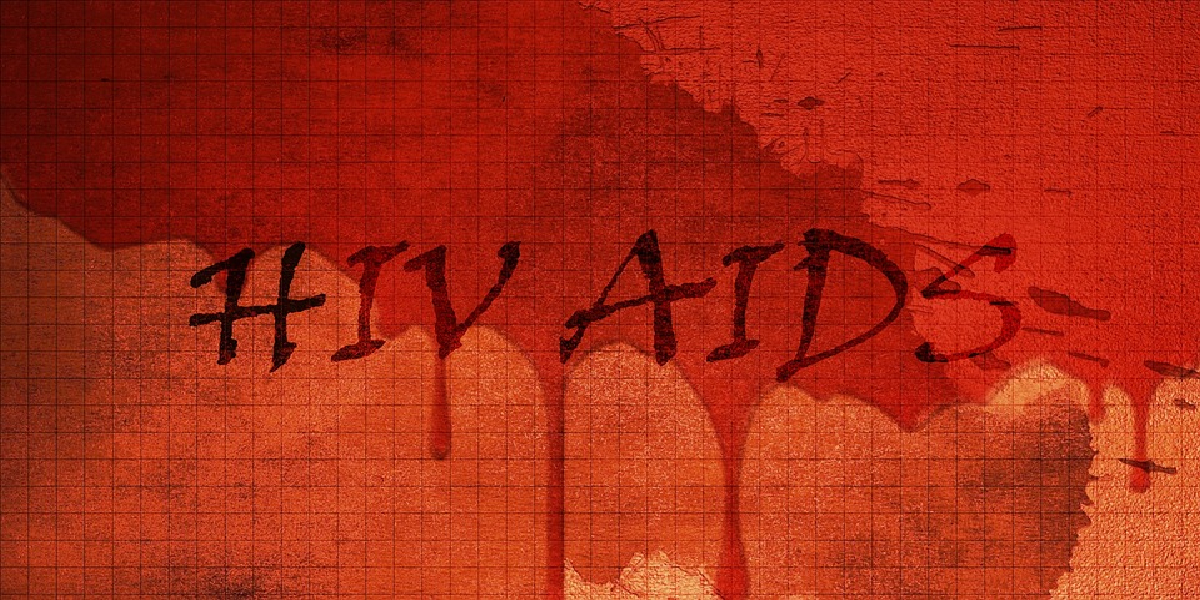At present, 2,09,888 patients suffering from HIV-induced Acquired Immune Deficiency Syndrome (AIDS) are receiving treatment in the state.

At present, 2,09,888 patients suffering from HIV induced Acquired Immuno Deficiency Syndrome (AIDS) patients are receiving treatment in the State. (Creative Commons)
About a decade ago, Andhra Pradesh reported the highest prevalence of Human Immunodeficiency Virus (HIV) in the country. Over 6.74 percent of the general public was infected with the virus in 2010-11.
The trend in 2022-23 is an estimated 0.87 percent, according to the Andhra Pradesh State AIDS Control Society (APACS).
The prevalence of antenatal positivity, which was 0.46 percent in 2010-11, has come down to 0.05.
At present, 2,09,888 patients suffering from HIV-induced Acquired Immuno Deficiency Syndrome (AIDS) are receiving treatment in the State.
The highest rate in the current financial year is in the East Godavari district.
The positivity rate in the East Godavari district was highest at 0.90 percent and lowest in Vizianagaram at 0.35 percent.
“The department’s priority was to reduce and prevent HIV transmission and to control its spread,” a health official from Andhra Pradesh told South First.
To reduce the prevalence of AIDS in the state, the government set up 53 Antiretroviral Therapy (ART) centres and 116 ART subcentres, through which treatments were provided to the infected persons. The subcentres are available for those whose primary centres are far away.
ART is the treatment of HIV-positive people infected using anti-HIV drugs. The standard treatment consists of a combination of drugs that suppress HIV replication.
“Medicines are available at local government hospitals within a radius of 50 km. At least 10 viral load testing centres are functioning to test the viral loads of those who have used the drug regularly for six months,” said the aforementioned official.
“Our target is also to reduce morbidity and mortality associated with HIV infection. For this the government is following the United Nations AIDS target of 95-95-95,” he added.
It has been decided that 95 percent of HIV-positive people should know their status, 95 percent should be taking ART drugs, and 95 percent of them should reach the state of viral suppression, explained the official.
The government is also targeting the reduction of the adverse social impact resulting from HIV infections.
“It’s social stigma: People try to boycott those who test positive for HIV. For that, we are assuring people that anyone can get tested for HIV in the state and their details are kept confidential. If someone is found to be HIV positive, they are counselled and given ART drugs immediately, and their details remain with the Health Department and are not shared with anyone else. More people are coming for the test now,” said the health official.
He said that pre-exposure prophylaxis (PEP) medicine to prevent HIV infection is being offered at a concessional rate of ₹425 against its regular price of ₹2,000 in the state.
Also, the government is trying to enhance community awareness, specific knowledge, attitude, and practices of high-risk groups.
“As many as 96 Voluntary Service Organisations are running Link Workers Schemes to identify high-risk behaviour in different parts of the state for prevention. Also, these people are running regular awareness campaigns amongst major prevalence groups — the transgender community, injecting-drug users, truck drivers, people who are involved in sex work, and also migrants,” said the health official.
Also, the state government is doing blood collection and supply in connection with 113 blood storage centres and 185 blood bank centres in the state.
A total of 13 blood collection and transport vans are working to bring blood to blood banks from there by setting up voluntary blood donation camps.
The blood is tested for HIV, hepatitis B, hepatitis C, malaria, and syphilis before being supplied to these storage centres.
A Safe Life campaign has been launched in all educational institutions to remove discrimination against HIV and create awareness among the youth.

Jul 26, 2024

Jul 26, 2024

Jul 26, 2024

Jul 26, 2024

Jul 26, 2024

Jul 26, 2024